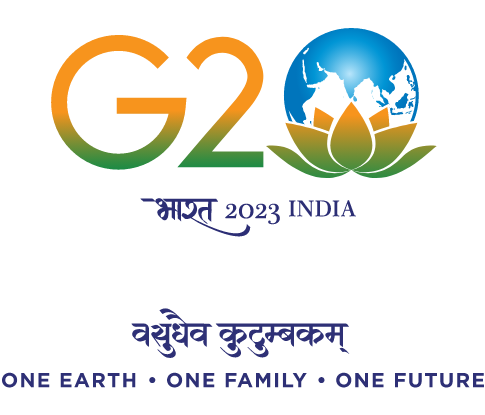© 2019 Directorate of Standardisation. All rights reserved
BENEFITS of the NATO Codification System (NCS)
The NATO Codification System provides accurate information as to the identity of an IoS, it permits recording of the sources of supply and provides other management data. It enables the solution of supply management problems by providing data users with ready access to a single up-to-date source.
- OPERATIONAL ADVANTAGES
- Enhanced opportunities for standardisation, by recording and revealing the unique characteristics of Items of Supply in user nations supply systems, allowing parts from a number of weapons systems to be used efficiently and effectively.
- The NCS provides access to the full range of information on all Items of Supply in the inventories of user nations. This allows users to pool resources and share the burden in regard to the acquisition of spare parts and the maintenance of common equipment. During operational deployment the NCS also facilitates minimisation of the supply requirement in terms of spares and consumables.
- An accurate description of the IoS permits users to readily identify spares and or substitute Items of Supply which meet the requirement for a given weapon system thus reducing downtime and supporting force multiplication.
- The use of a common supply language understood by all users simplifies the technical dialogue between participating nations and other users.
- The use of computer technology allows the recording, processing and transmittal of IoS identification data and related management support data in an efficient and user friendly manner.
- ECONOMIC ADVANTAGES
- The data base allows the designer and project manager to screen for parts which are already stocked in the supply system and which could be utilised rather than producing a new IoS concept. This practice reduces the variety of Items of Supply to be managed and eliminates unnecessary costs for identification, storage and other related supply functions. Nearly 50% of the components used in the design of new equipment are already codified in the NATO inventory.
- Improved determination of materiel requirements and budgeting through greater knowledge of Items of Supply in stock.
- Effective co-ordination in procurement by enabling the elimination of concurrent acquisition and disposal of the same IoS, consolidating orders from several users to benefit from price reductions on bulk purchases and having visibility of several potential sources of supply.
- Effective use of assets by enabling supply support interchange between linked organisations and between nations.
- Reduction of national and NATO inventories, warehouse space, data maintenance and personnel through the elimination of duplication of an IoS.
- Improved surplus and excess materiel disposal operations through the uniform identification of each Item of Supply, including the prevention of erroneous disposal.
- BENEFITS TO INDUSTRY
- Improved government-industry understanding and relations, through the use of a single identification system and common language.
- Descriptions of Items of Supply by characteristics enable design engineers to accurately search for and select components or equipment meeting technical or functional characteristics more efficiently than with any commercial catalogue.
- The accurate descriptions recorded in the NATO Codification System including form, fit and functional dimensions, material and surface treatment for Items of Supply facilitates the work of military and civilian standardisation agencies responsible for developing guidelines.
- The in-depth knowledge of the composition of Items of Supply, through detailed recording of hazardous and precious materials, promotes recycling activities which will assist in the recovery of precious materials and assist in the protection of the environment whilst contributing to the avoidance of prohibitive reclamation costs of returning polluted sites to civilian use.




